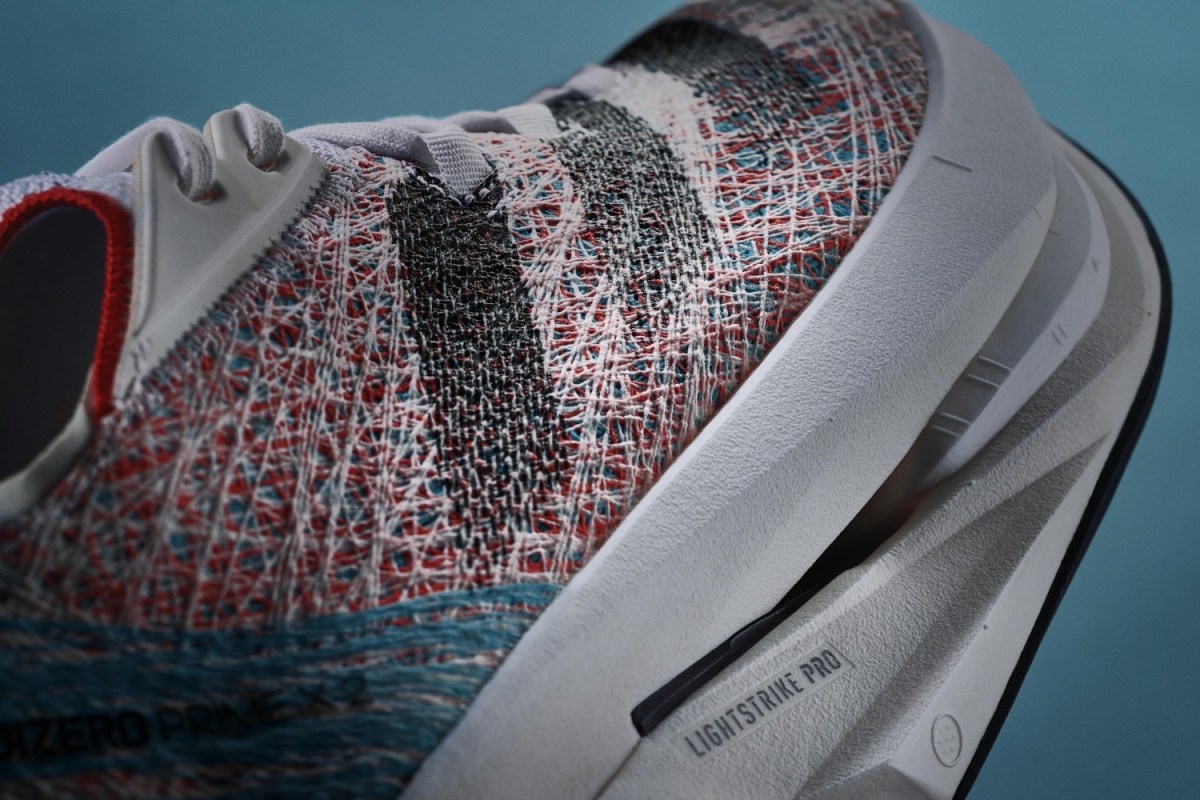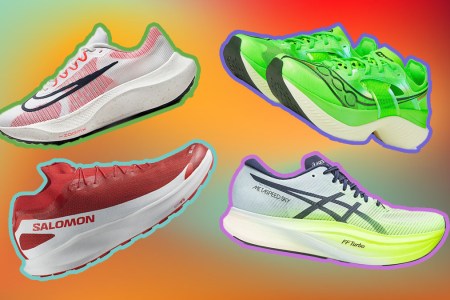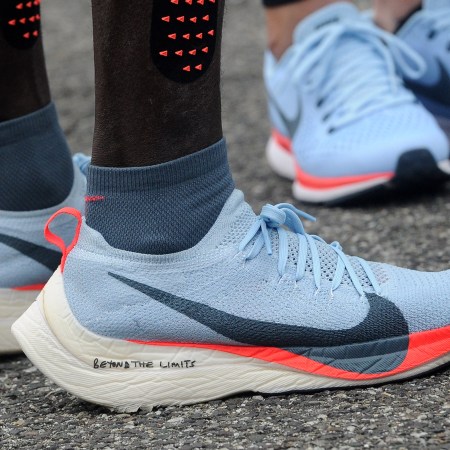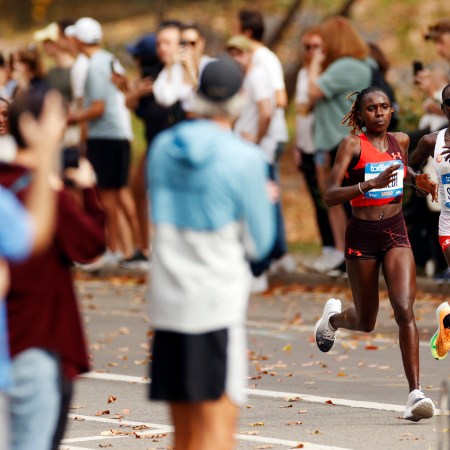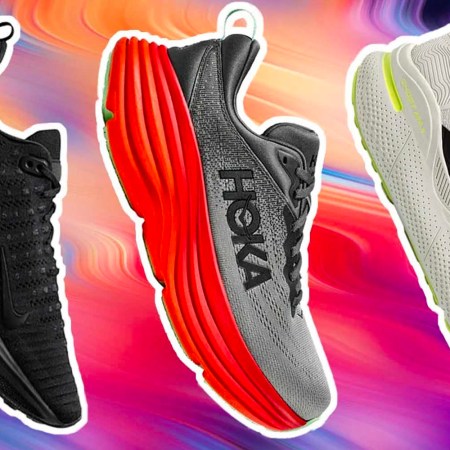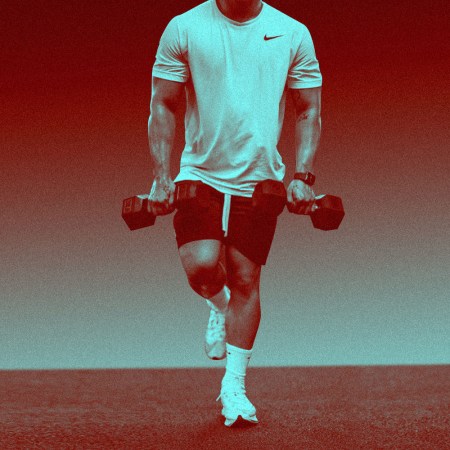When you think of high-tech engineering, your mind might turn to thoughts of cars, phones or computers — all things in which yesterday’s cutting edge is today’s obsolete. In all three of those categories, designers are constantly trying out new materials, seeking to reach a kind of apex of form and function combined. But there’s also a category where all of the above applies as well, and the object in question doesn’t require power in order to operate. That type of product? Running shoes — the footwear worn by elite runners and running enthusiasts alike.
In a roundtable discussion of Adidas’s Prime X 2 Strung at Believe In the Run last year, Robbe Reddinger observed, “It didn’t even feel like running, it felt like parkour trampolining.”
Now, this particular model is distinctive in that it’s designed in a way that makes it illegal to use in elite races. Its stack height and the number of carbon plates used within it exceed what regulations permit. But it’s a useful starting point to illustrate exactly what this shoe technology is capable of.
Writing at The Observer, Tim Lewis offered an overview of this sea change in running shoe technology. Lewis points to one statistic as evidence of how much carbon shoes have transformed the sport: of the top 10 marathon times set by female runners, only one was set by an athlete before the advent of this new technology. (Paula Radcliffe, at the 2003 London Marathon, for those wondering.)
The Best Running Shoes for Race Day and Speed Workouts
With their premium cushioning foams and lightweight, propulsive designs, racing shoes are built to help you set a new PRAnd while carbon shoes have helped elite and recreational runners alike beat their personal bests, there’s another benefit to them that Lewis brings up. Specifically, they’re easier on runners’ bodies, making training safer. “Before, I wouldn’t be able to walk the day after … well, for a week after a marathon,” elite runner Rose Harvey told The Observer. “But after Chicago, I was running the next day and your legs don’t feel that beaten up.”
As Lewis points out, it’s a rare moment when a sport’s technological advances have been met with acceptance by both athletes and administrators.
The Charge will help you move better, think clearer and stay in the game longer. Subscribe to our wellness newsletter today.
